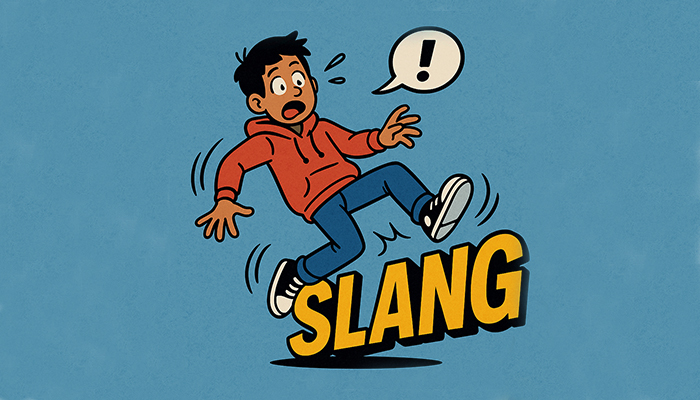The Importance of Hreflang Tags in Multilingual SEO
Search engines are powerful, but they are not mind readers. If you want your multilingual website to appear correctly in different countries, you need to guide them. One of the most effective ways to do this is through hreflang tags.
These tags tell Google which version of a page to show to users based on their language and location. Without them, you risk sending French users to an English page, Spanish users to a German page, or, worst of all, having Google treat your translated pages as duplicate content.
This guide explains what hreflang tags are, why they matter, and how to implement them properly.
What Are Hreflang Tags?
Hreflang tags are HTML attributes that specify the language and regional targeting of a webpage. They help search engines understand which version of a page to serve to different audiences.
For example:
<link rel="alternate" hreflang="en" href="https://example.com/" />
<link rel="alternate" hreflang="fr" href="https://example.com/fr/" />
<link rel="alternate" hreflang="es" href="https://example.com/es/" />
This tells Google that:
- The default page is in English.
- A French version exists at
/fr/. - A Spanish version exists at
/es/.
Why Are Hreflang Tags Important for SEO?
Without hreflang tags, Google may:
- Rank the wrong language version for a search query.
- Consider different language versions as duplicate content.
- Fail to serve the correct page to the right audience.
Using hreflang correctly improves user experience, avoids SEO penalties, and increases visibility in local search results.
How to Implement Hreflang Tags on Your Website
There are three ways to implement hreflang tags:
1. In the <head> of Each Page
The most common method is placing hreflang tags inside the HTML <head> section:
<link rel="alternate" hreflang="en" href="https://example.com/" />
<link rel="alternate" hreflang="fr" href="https://example.com/fr/" />
2. In the HTTP Header (for Non-HTML Files)
If you’re serving PDFs or other non-HTML content, you can use the HTTP header instead:
Link: <https://example.com/fr/>; rel="alternate"; hreflang="fr"
3. In the Sitemap
For large websites, implementing hreflang in the XML sitemap is more efficient:
<url>
<loc>https://example.com/</loc>
<xhtml:link rel="alternate" hreflang="fr" href="https://example.com/fr/" />
</url>
Whichever method you choose, ensure every hreflang tag has a reciprocal link back to the original page.
Common Mistakes in Hreflang Implementation and How to Fix Them
Even experienced web developers make mistakes with hreflang tags. Here are the most common ones and how to avoid them:
- Forgetting to reciprocate – If page A links to page B, then page B must link back to A.
- Using the wrong language codes – Always follow ISO 639-1 for languages (
frfor French,defor German) and ISO 3166-1 Alpha-2 for regions (fr-FRfor French in France,fr-CAfor French in Canada). - Mixing up hreflang and canonical tags – Hreflang tells Google about language variations, while canonical tags tell it which version is primary. Do not point a canonical tag to a different language version.
- Not including a default version (
x-default) – This helps Google know what to show when no language match is found:<link rel="alternate" hreflang="x-default" href="https://example.com/" />
Hreflang vs. Canonical Tags: What’s the Difference?
Some assume hreflang and canonical tags do the same job. They do not.
- Hreflang signals language and regional targeting.
- Canonical tells Google which version of duplicate content should be indexed.
If you have multiple language versions, use hreflang. If you have duplicate pages within the same language, use canonical tags.
Testing and Validating Your Hreflang Setup
Before assuming everything is perfect, test your implementation. Use:
- Google Search Console: The ‘International Targeting’ report detects errors.
- SEO tools like Screaming Frog or Ahrefs: These can check hreflang tags.
- Manual review: Ensure all hreflang tags are correctly reciprocated.
Conclusion: How Brightlines Ensures Your Multilingual SEO Success
Hreflang tags are essential for multilingual SEO, but they are also a frequent source of SEO mistakes. Proper implementation ensures your translated content ranks correctly, avoids penalties, and improves user experience.
At Brightlines, we handle SEO-optimised translations that are properly structured for search engines and global audiences. If you need your multilingual site to rank correctly, get in touch with us today.







